Common Pests Of Canna Lilies – Tips On Managing Canna Lily Pests
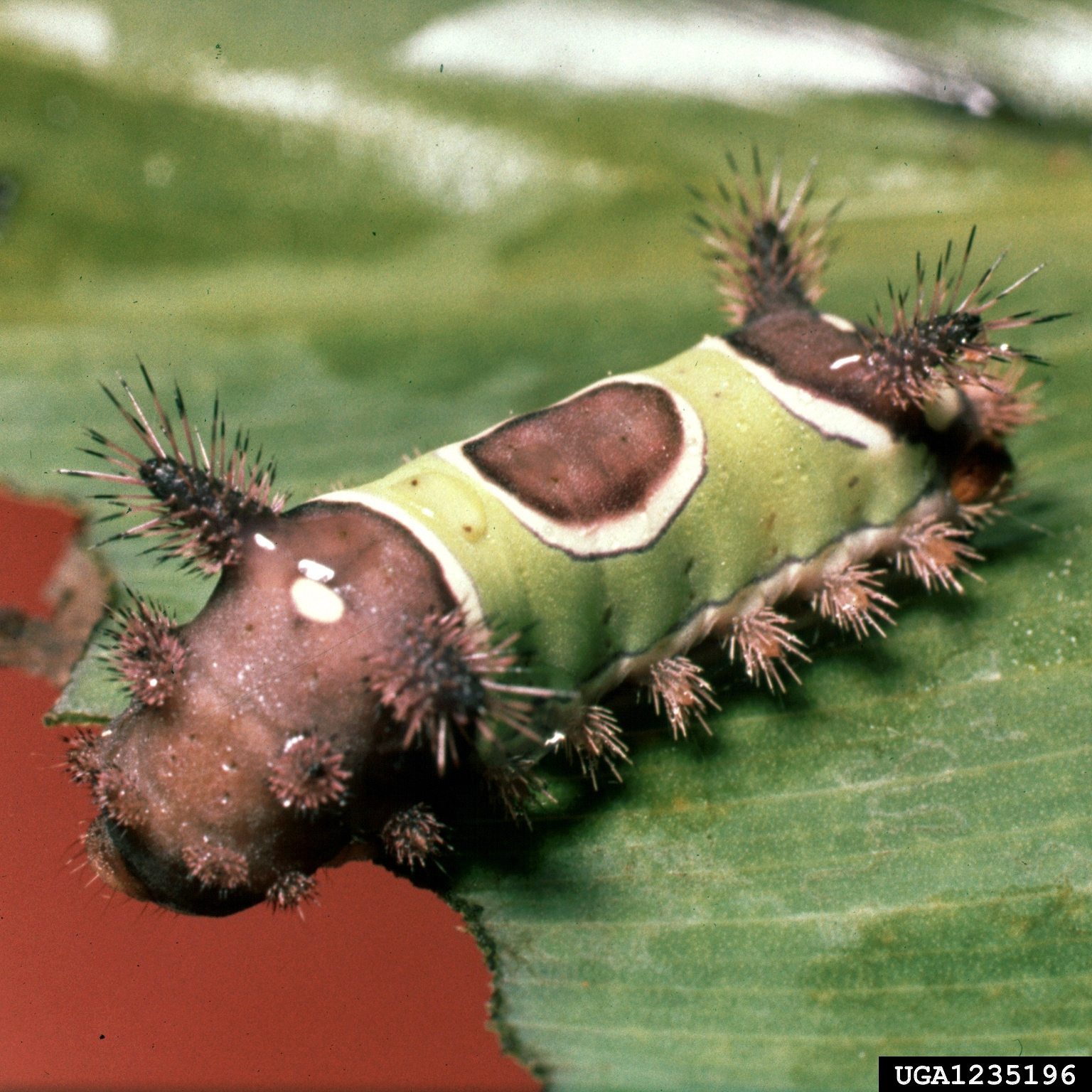

Canna, those semi-tropical rhizomes with magnificent, eye-popping flowers, are a cinch to grow in warmer regions. Even northern gardeners can enjoy them as annuals. Canna lilies have few problems and can overwinter with some protection in the ground in USDA zones above 8. Canna lily pests are rare, but their broad, sword-like leaves are awfully attractive to a variety of leaf munchers. Read on for some ideas on insects that attack Canna lily plants and how to recognize and defeat them.
Canna Lily Pests
The large, funnel-shaped spikes and brilliant, Flamenco dancer colors announce the blooming period of a Canna. They are marvelous plants with a tropical flair and an amazing ability to reproduce themselves as rhizomes replicate. Generally, a sunny location with well-draining soil and average water is enough to ensure summer blooms and healthy, glossy, broad leaves. Occasional pest problems do occur, as in any plant. Pests of Canna lilies usually come under the categories of sucking and chewing insects.
Sucking insects
Many of the insects that attack Canna lily plants are obvious and easy to recognize. Some insects that attack Canna lily plants are tiny and hard to see, however. Thrips are one of these. They are practically microscopic and need special methods to view them and determine their existence. Place a piece of paper under the leaves and flower spikes of your plant and gently shake it. If tiny black objects are seen on the paper, you likely have thrips on the Canna. Another common sucking insect is the spider mite. These are also tiny but are more easily recognized by finding their webs. Citrus mealybug is a cottony looking insect and scale is one of the sucking pests of Canna lilies that appears to be small bumps on stems and foliage petioles.
Chewing pests
Among the more common pests on Canna are caterpillars and larvae. Canna leafrollers are larvae of Brazilian skippers and chew straight rows of holes in leaves. Many other infant insects may find Canna leaves delicious. Among possible suspects are:
- Corn earworm
- Wooly bear caterpillars
- Saddleback caterpillars
These are usually obvious and chemical Canna lily pest control is not necessary. Foliar damage from chewing doesn't usually affect the plant's health but it does mar the overall appearance. Unless there is a sudden infestation of many caterpillars or larvae, hand picking is usually sufficient to control and slight problems. Other chewing pests are the very common slugs and snails.
Canna Lily Pest Control
Many of the sucking insects can simply be rinsed off. Others may require a few weeks of spraying with horticultural oil or soap. In the greenhouse, wipe off leaves with a dilution of rubbing alcohol to control scale and mealybugs. Handpicking and crushing the larger caterpillars, slugs, and snails is effective but rather distasteful. Bait and traps are often your best allies, as well as removing any old plant material that can overwinter and harbor pests. One of the hardest insects to control is the Canna leafroller. This larvae survives winter in rolled leaves on the plant. Remove and destroy these leaves in winter. If the plant is heavily infested, spray with Bacillus thuringiensis, a natural bacteria that is very effective against a host of larvae.
Gardening tips, videos, info and more delivered right to your inbox!
Sign up for the Gardening Know How newsletter today and receive a free copy of our e-book "How to Grow Delicious Tomatoes".

Bonnie Grant is a professional landscaper with a Certification in Urban Gardening. She has been gardening and writing for 15 years. A former professional chef, she has a passion for edible landscaping.
-
 Looking For Plants To Give You The Soft And Fuzzies? Try These 5 Fuzzy Leaf Plant Options
Looking For Plants To Give You The Soft And Fuzzies? Try These 5 Fuzzy Leaf Plant OptionsLovers of texture, drama, silver foliage and tactile plants will adore these special sensory garden additions. These fuzzy leaf plant options will leave you all aglow
By Susan Albert
-
 Get Ready For A Summer Of Hummers! Grow These Full Sun Hummingbird Plants and Flowers
Get Ready For A Summer Of Hummers! Grow These Full Sun Hummingbird Plants and FlowersIf you’re lucky enough to enjoy a sunny backyard, make sure you are maxing out on your pollinator opportunities and grow these full sun hummingbird plants and flowers
By Tonya Barnett
-
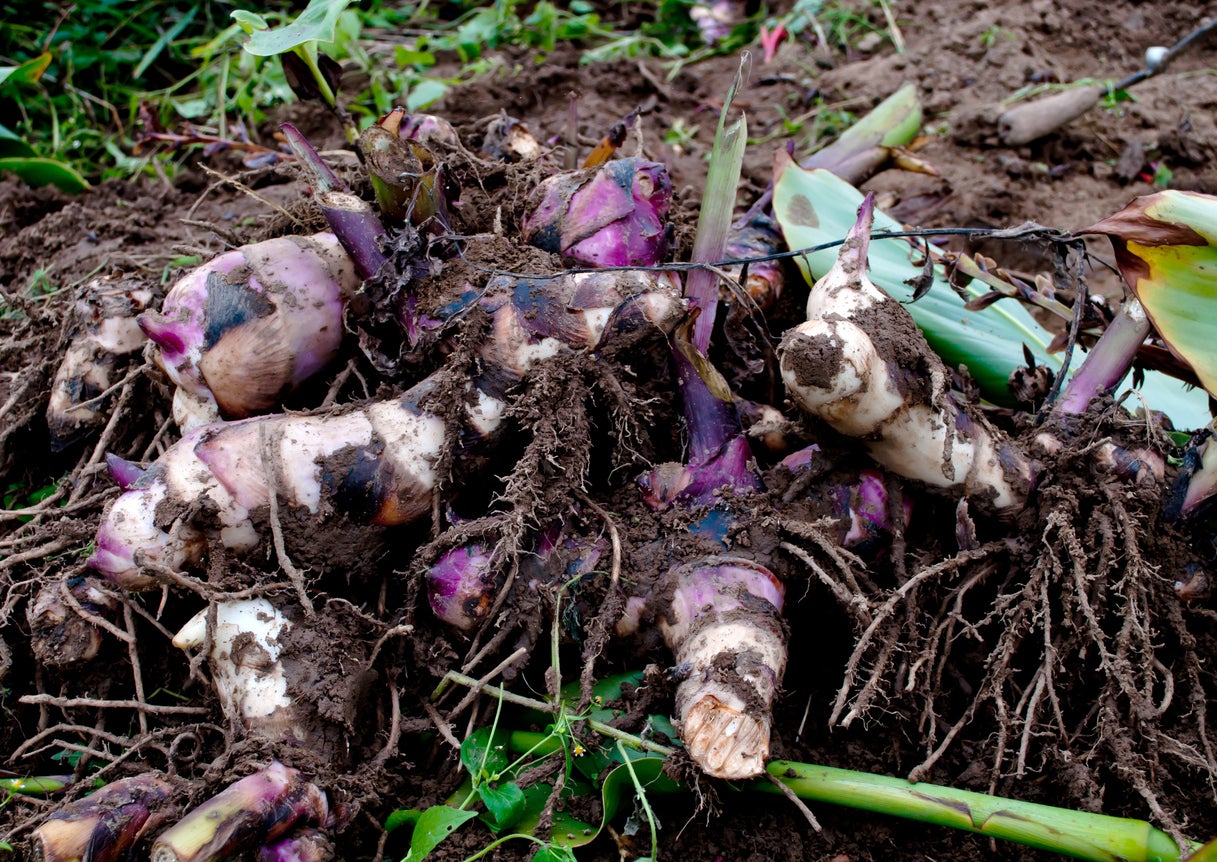 Canna Lily Rot: What Causes Rotting Canna Rhizomes
Canna Lily Rot: What Causes Rotting Canna RhizomesCanna flowers grow as a beautiful, long-lasting summer to fall display in the flower bed. In northern areas, they need to be dug and stored over winter for rhizomes to remain alive. But what happens when canna rhizomes are rotting? Learn about canna lily rot here.
By Becca Badgett
-
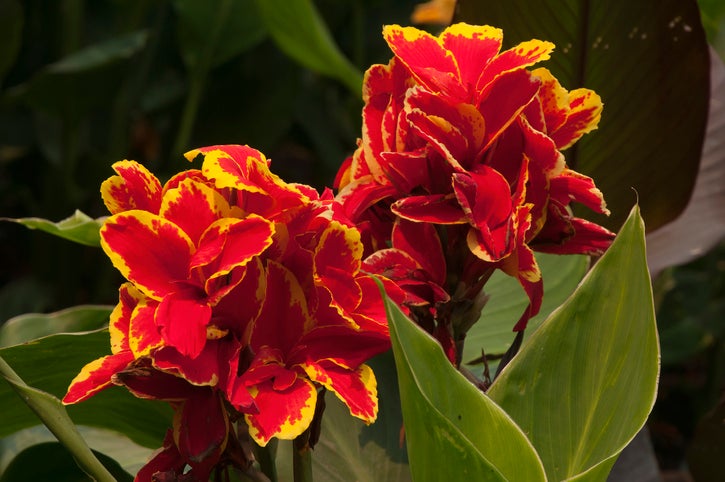 Why Won’t My Cannas Bloom – What To Do When Your Canna Will Not Flower
Why Won’t My Cannas Bloom – What To Do When Your Canna Will Not FlowerWhether grown permanently in the ground or dug up and replanted each season, age and other factors can reduce the vigor of canna blooms. If you are experiencing no flowers on a canna plant, this article is for you. Click here for more information.
By Darcy Larum
-
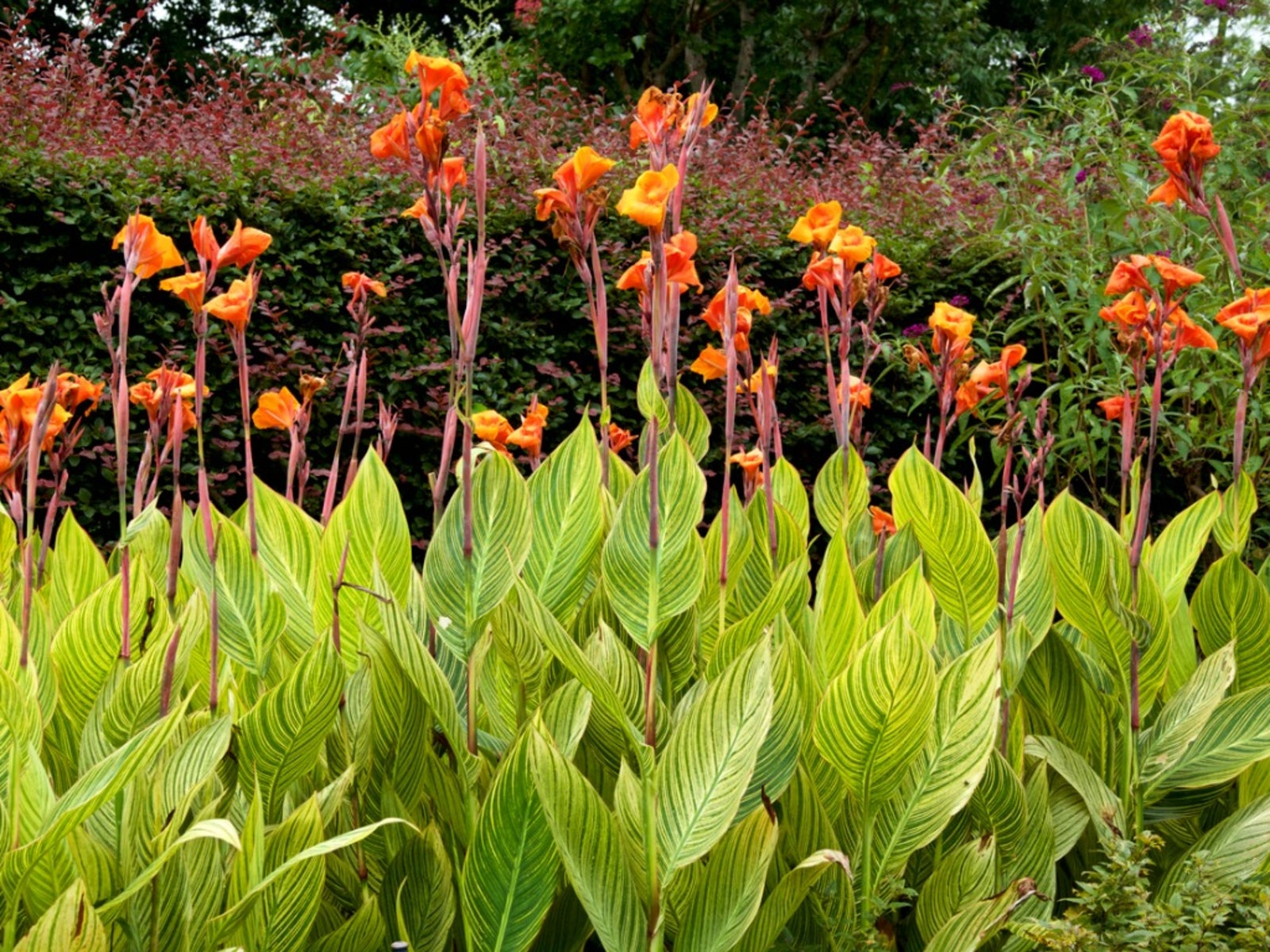 What Is Canna Rust: Learn How To Treat Rust On Canna Leaves
What Is Canna Rust: Learn How To Treat Rust On Canna LeavesAs showy as they are, canna plants are susceptible to a variety of issues, one of which is rust on canna leaves. What is canna rust? Click here for information on canna rust, including canna rust symptoms and tips for treating cannas with rust.
By Amy Grant
-
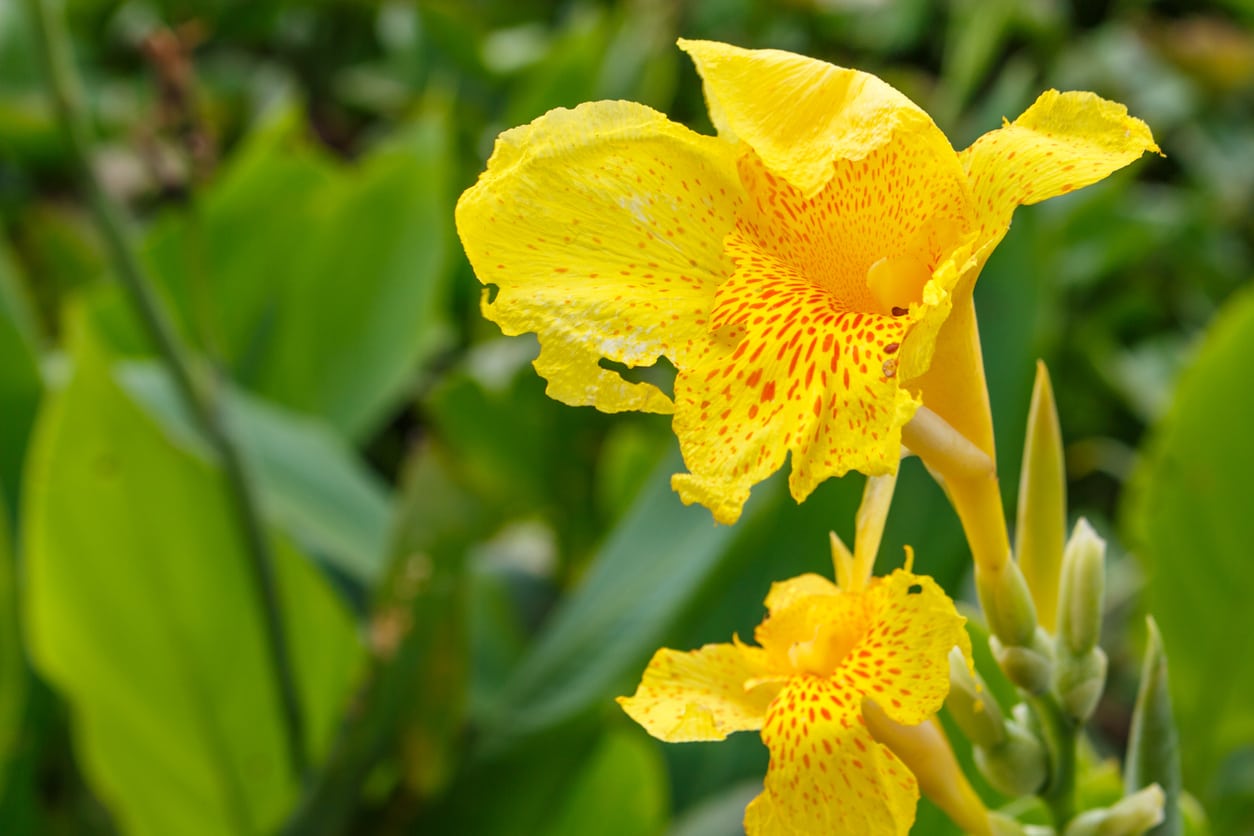 Canna Lily Fertilization – Tips For Feeding A Canna Lily Plant
Canna Lily Fertilization – Tips For Feeding A Canna Lily PlantFertilizing canna lilies will ensure these stunners in your garden or your indoor containers will thrive and produce the most beautiful flowers and foliage. These plants love nutrients, so don?t skip this step in growing canna lilies. Learn more in this article.
By Mary Ellen Ellis
-
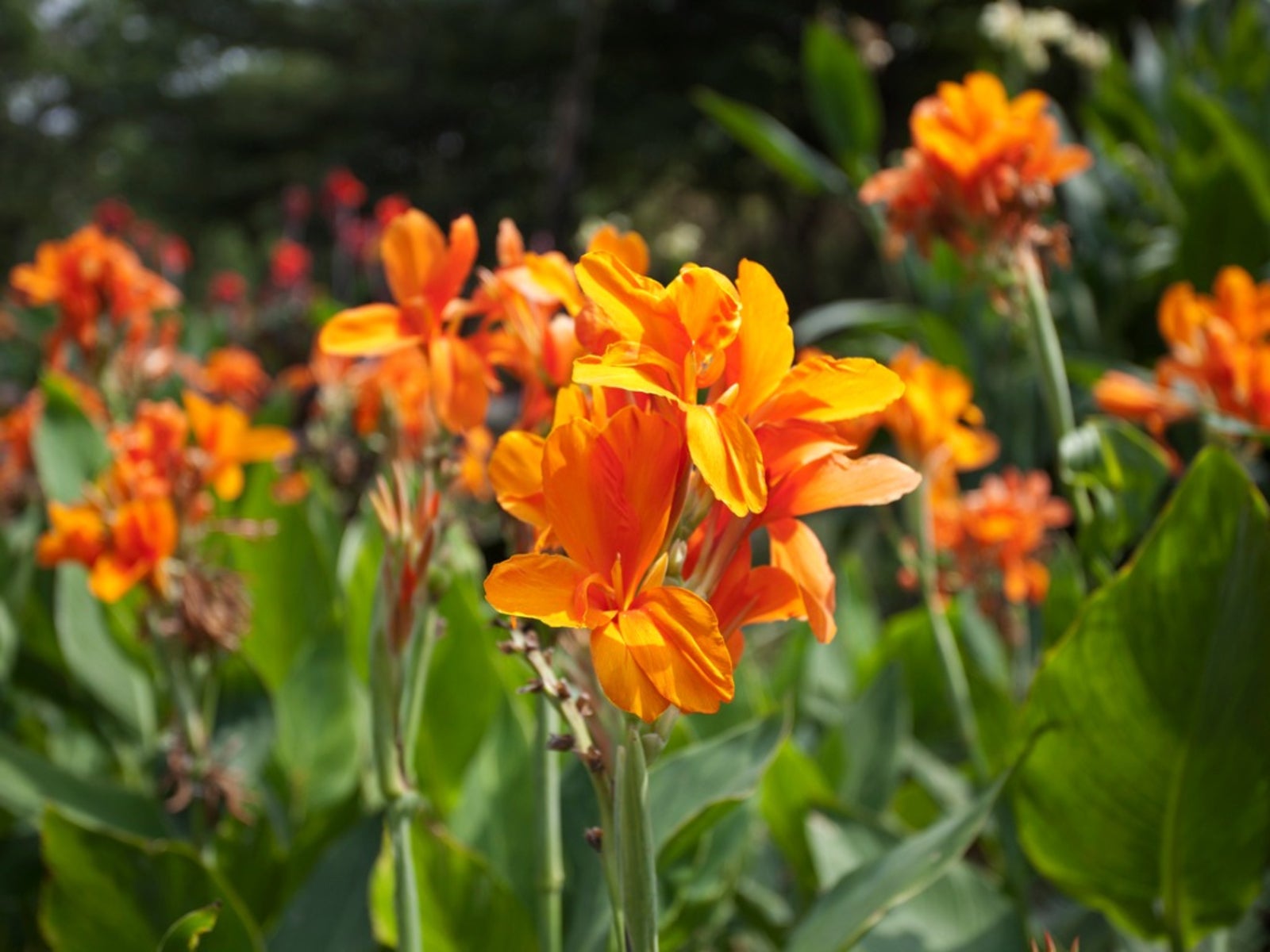 Canna Mosaic Virus: Dealing With Mosaic On Canna Plants
Canna Mosaic Virus: Dealing With Mosaic On Canna PlantsCannas are beautiful, showy flowering plants. Because they're such all-around winners in the garden, it can be especially devastating to discover your cannas are infected with disease. Learn more about recognizing mosaic virus in cannas and what to do in this article.
By Liz Baessler
-
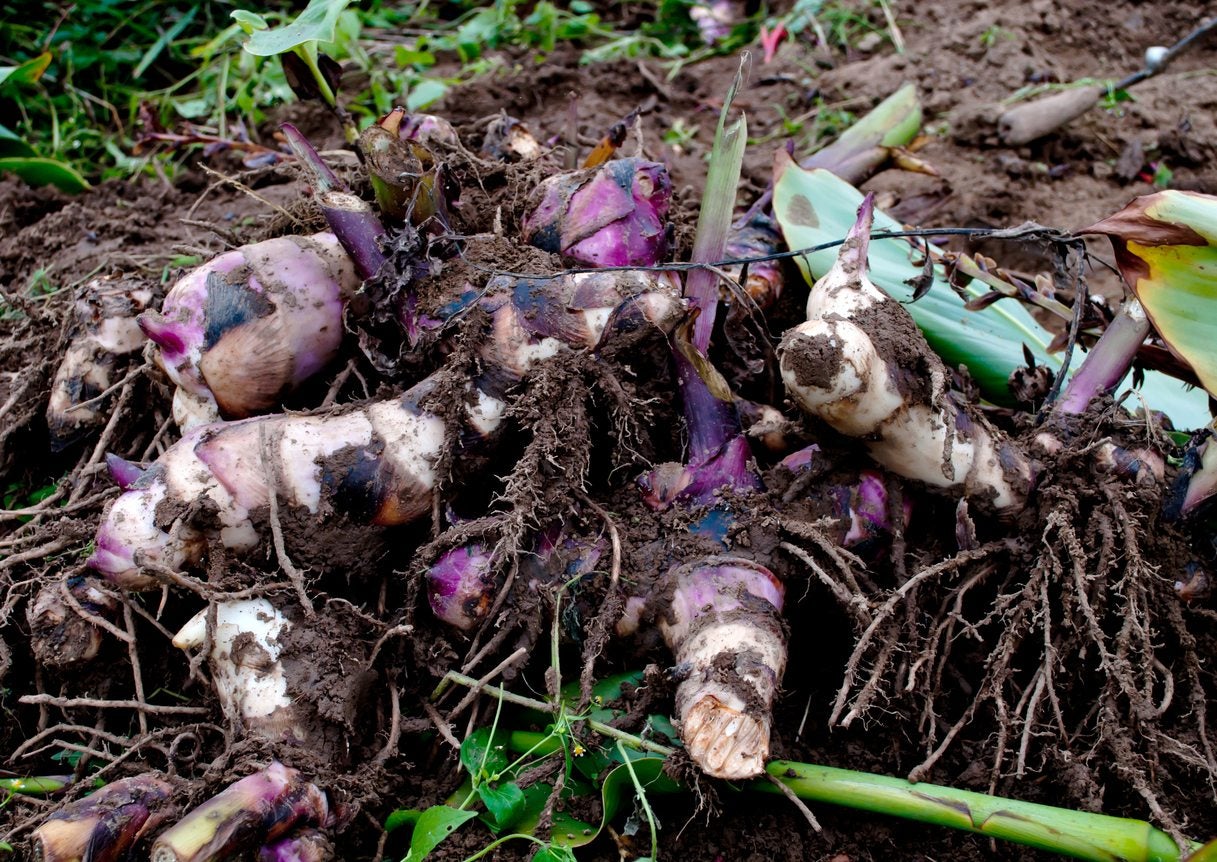 Can I Transplant Cannas: – Learn When To Transplant Canna Lilies
Can I Transplant Cannas: – Learn When To Transplant Canna LiliesIn cool climates, canna bulbs are planted each spring, then dug up in fall, divided and stored away over winter. Even in warmer climates, cannas will need to be dug up and divided every 4-5 years. Learn about dividing and transplanting cannas in this article.
By Darcy Larum
-
 Canna Lily Deadheading: Tips For Deadheading Canna Lily Plants
Canna Lily Deadheading: Tips For Deadheading Canna Lily PlantsWhere other flowers shrivel and wilt, canna lilies thrive in the heat. But how do you ensure that you get the most out of your canna lilies with flowers all summer long? Click this article to learn more about how to deadhead a canna lily.
By Liz Baessler
-
 Canna Lily Seed Harvesting: Can You Plant Canna Lily Seeds
Canna Lily Seed Harvesting: Can You Plant Canna Lily SeedsCanna lilies are commonly propagated by dividing their underground rhizomes. But can you plant canna lily seeds too? Click here to get more information.
By Susan Patterson